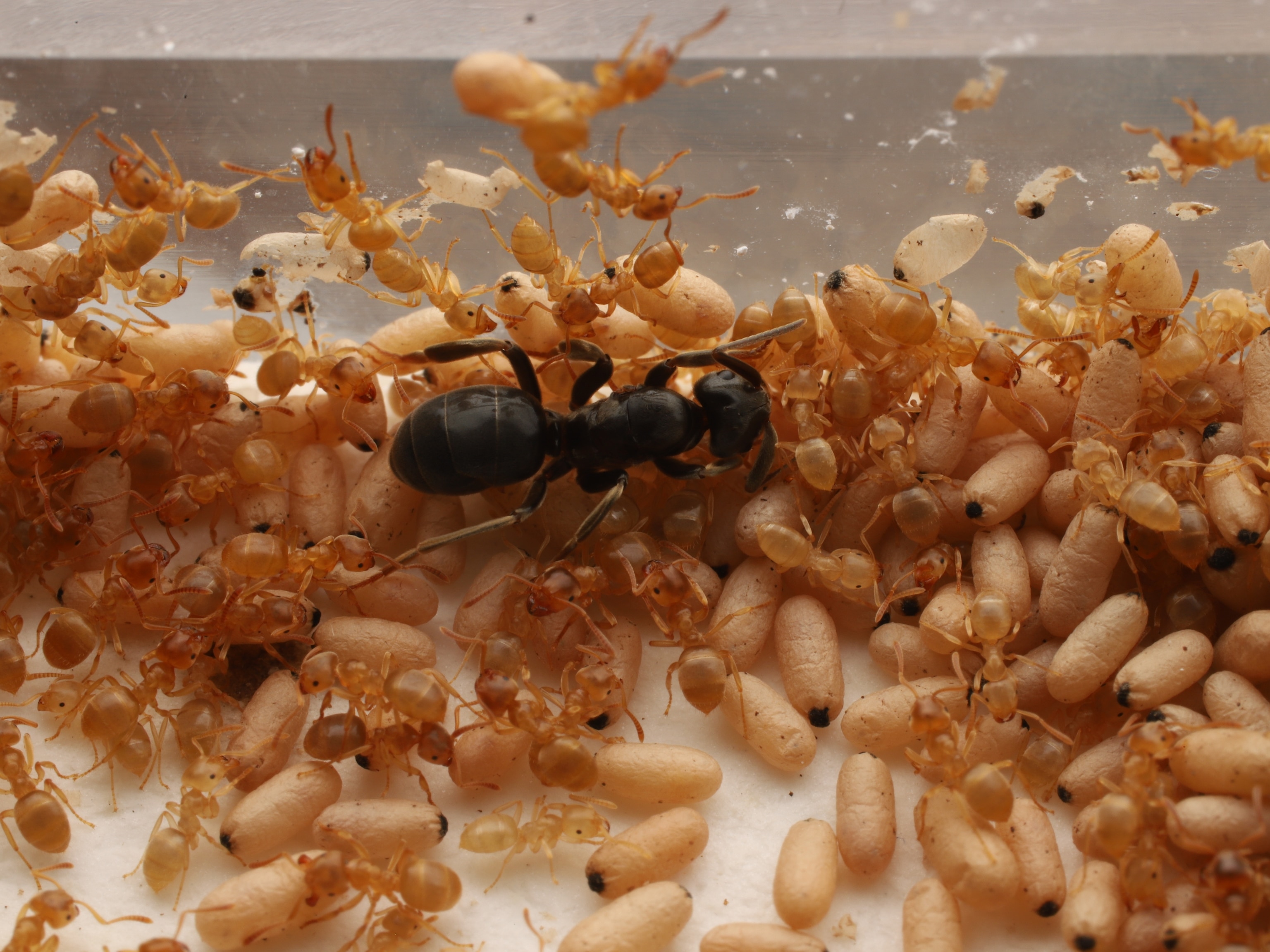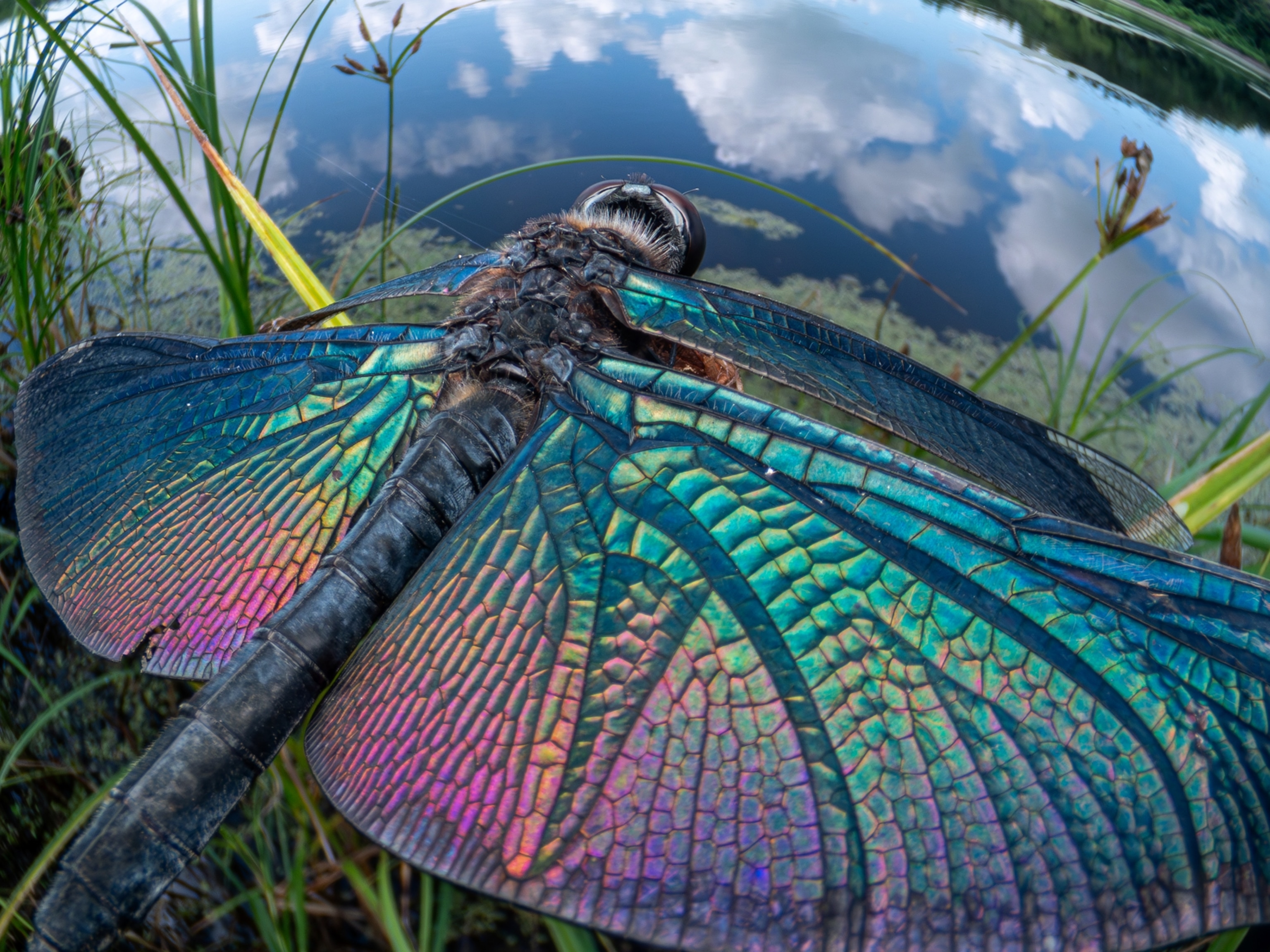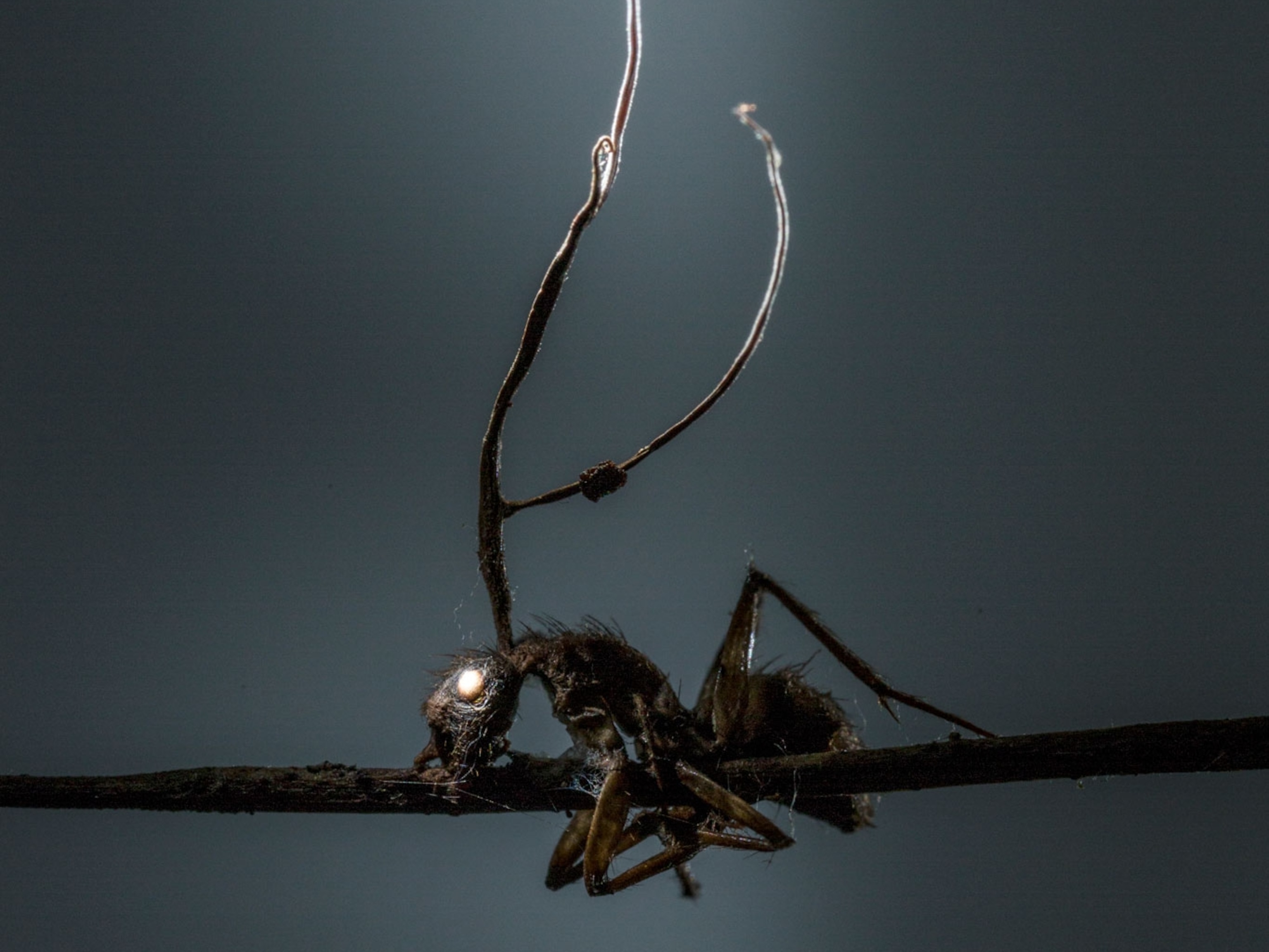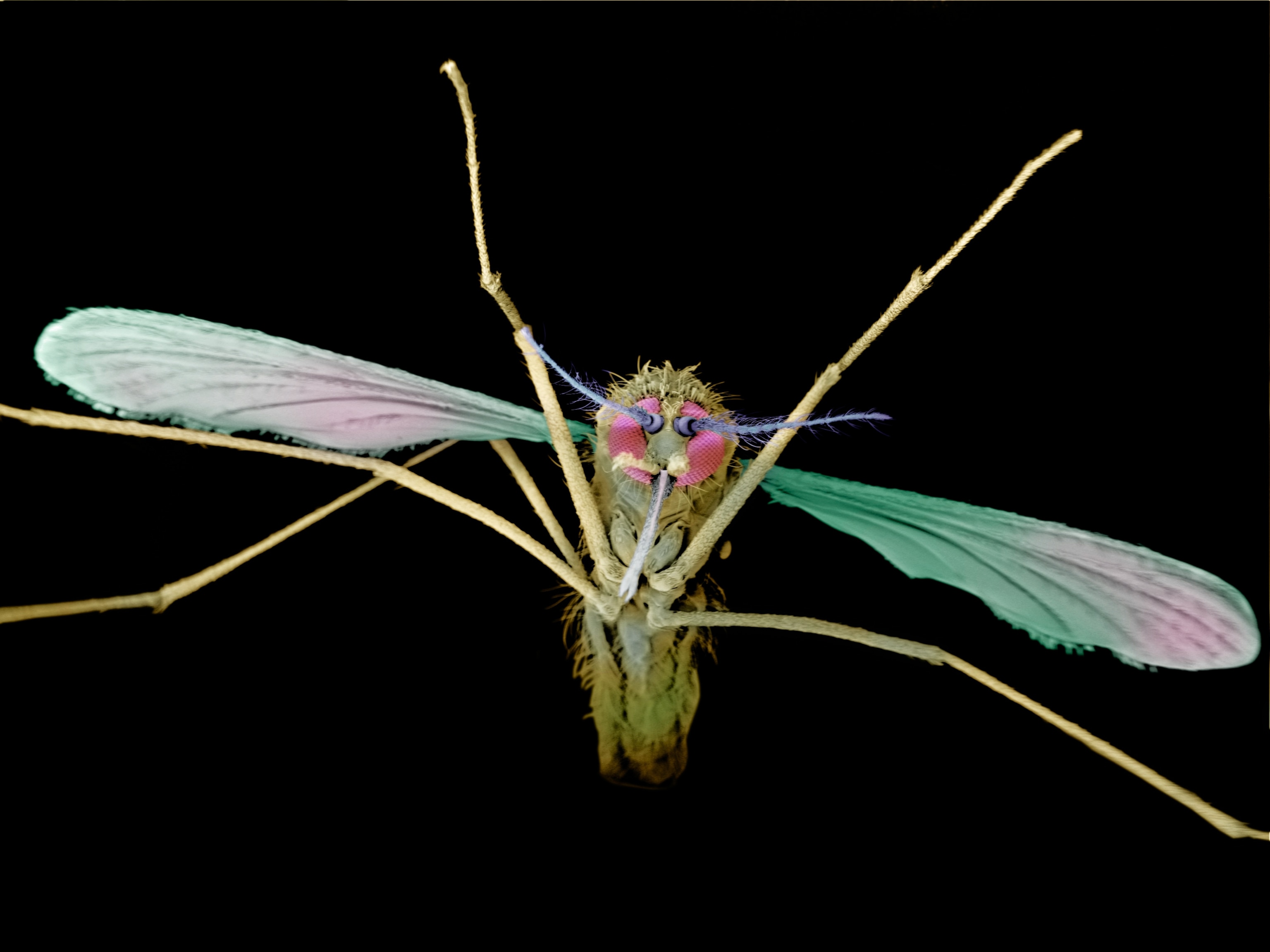
Queen Ants and Other Insects Bury Their Dead—Here's Why
Even the royals of the insect world will become undertakers to protect their colonies.
If you thought humans were the only species with undertakers, guess again. Ants, bees, and termites all tend to their dead, either by removing them from the colony or burying them.
Since these social insects form densely crowded societies that face many pathogens, disposing of the dead is as a form of preventive medicine. Removing risky items that could infect them, like corpses, helps ensure their health.
ANTS
Workers serve as undertakers in mature ant colonies, removing dead individuals and carrying them to a trash pile either far away or in a specialized chamber of the nest. In certain species, they will bury the corpse instead.
But a new study in BMC Evolutionary Biology finds that in newly formed colonies that don’t have workers yet, queens of the black garden ant will bury their co-foundress in the event of her death. The surviving queen will bite the corpse into chunks and then bury those pieces, says study author and evolutionary biologist Chris Pull of Royal Holloway, University of London. (Watch ants carry their wounded off the battlefield in findings from a separate study.)
“Typically, when we think of ant queens, we think of these monarchs, which are residing deep within the colony and are protected by their workers. They have no sort of involvement in performing risky and dangerous tasks within the colony,” Pull says. “Our study shows that they do possess the ability to perform these behaviors.”
(Trees Trap Ants Into Sweet Servitude)
In disposing of the dead, the surviving queen reduces the chance of her own death sevenfold, Pull and his coauthor found, thus improving the likelihood that her newly formed colony will survive.
BEES
In honeybee colonies, dead or diseased individuals are quickly disposed of. After first briefly bringing their antennae into contact with the deceased, an undertaker bee then grabs its appendages in its jaw and drops it outside.
Not only does the species remove the dead from a colony faster than other debris, but a 1983 study in the journal Animal Behavior found that honeybees removed one-hour-old corpses more quickly than freshly killed individuals. This small group of specialized workers are mostly middle-aged workers and represent a small subset of the colony—just 1 to 2 percent of the population.
TERMITES
While most social insects remove their dead from the nest, termite corpses are buried into the nest. As with other social insects, postmortem changes in chemical signatures allow termites to quickly identify that a fellow colony member has died. (Read about how termites build their huge structures.)
The Eastern subterranean termite (Reticulitermes flavipes), deals with corpses within minutes of death. As with bees, undertakers will touch the corpse with their antennae before grabbing it in its jaws.
A 2013 study in Scientific Reports found that Eastern subterranean termites behaved differently if the dead was one of their own or from a closely related species.
Regardless of whether a corpse of the same species came from their own colony or another, it was pulled back into the holding chamber for nutrient recycling and hygienic purposes. But if the corpse was that of a Dark Southeastern subterranean termite (Reticulitermes virginicus), it was entombed by workers onsite with a large group of soldiers standing guard.





